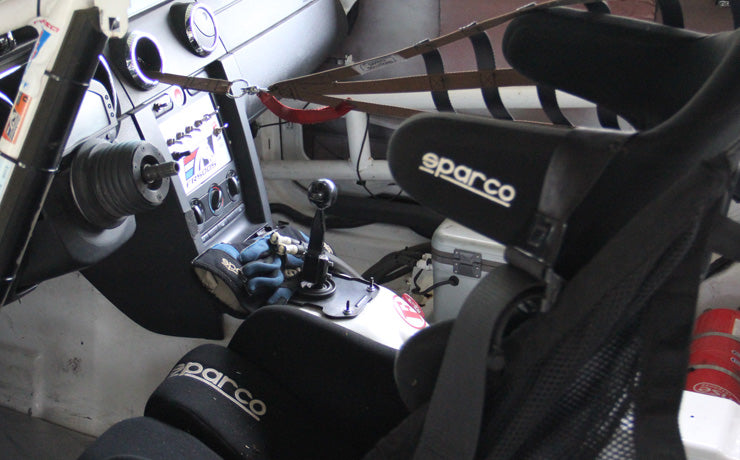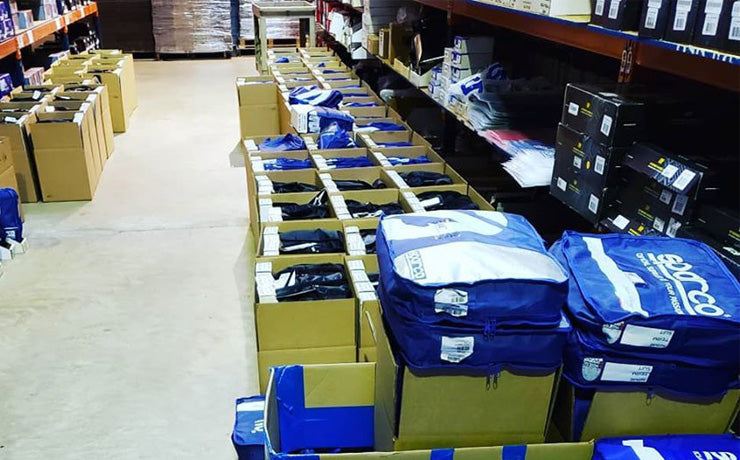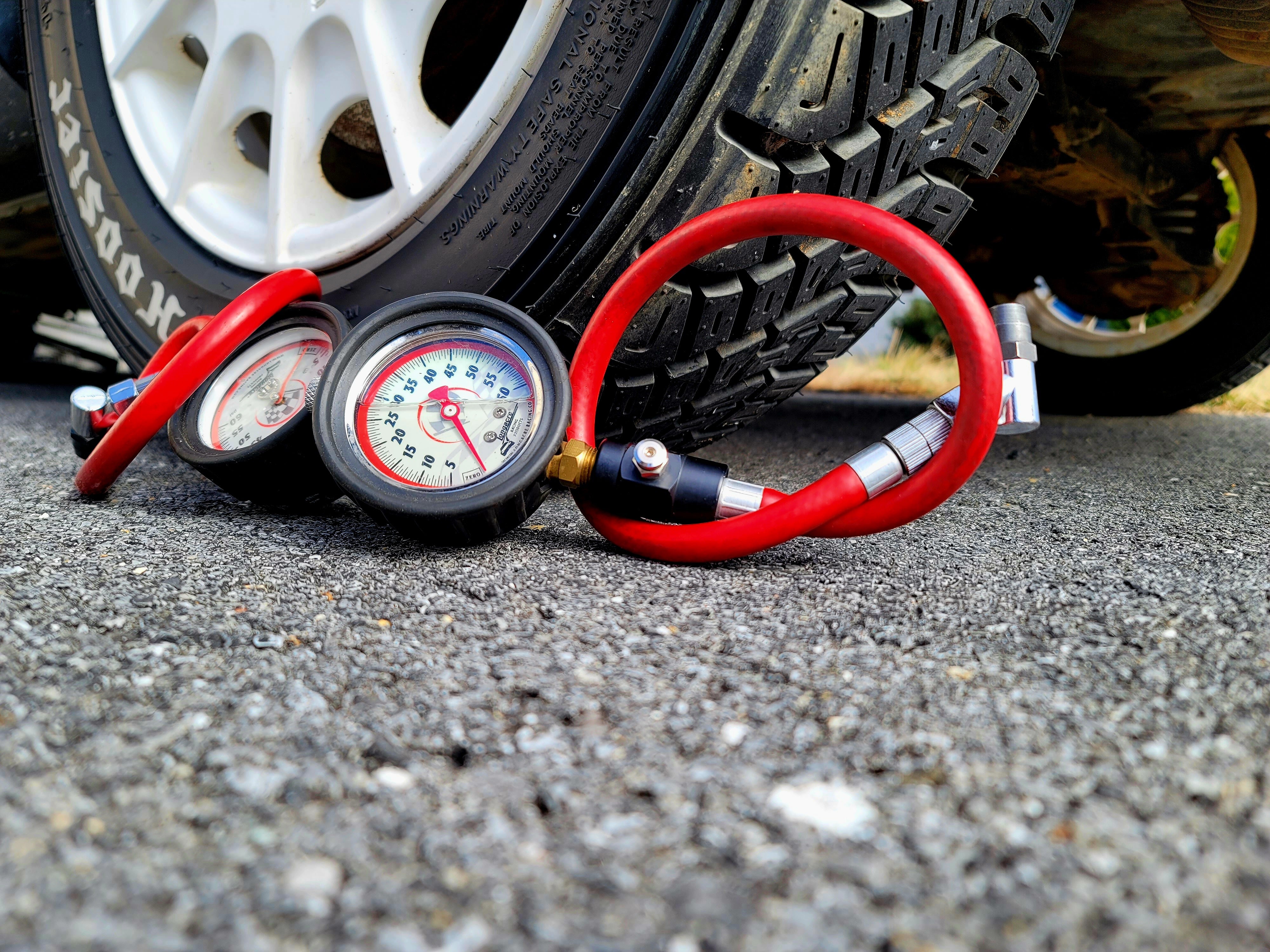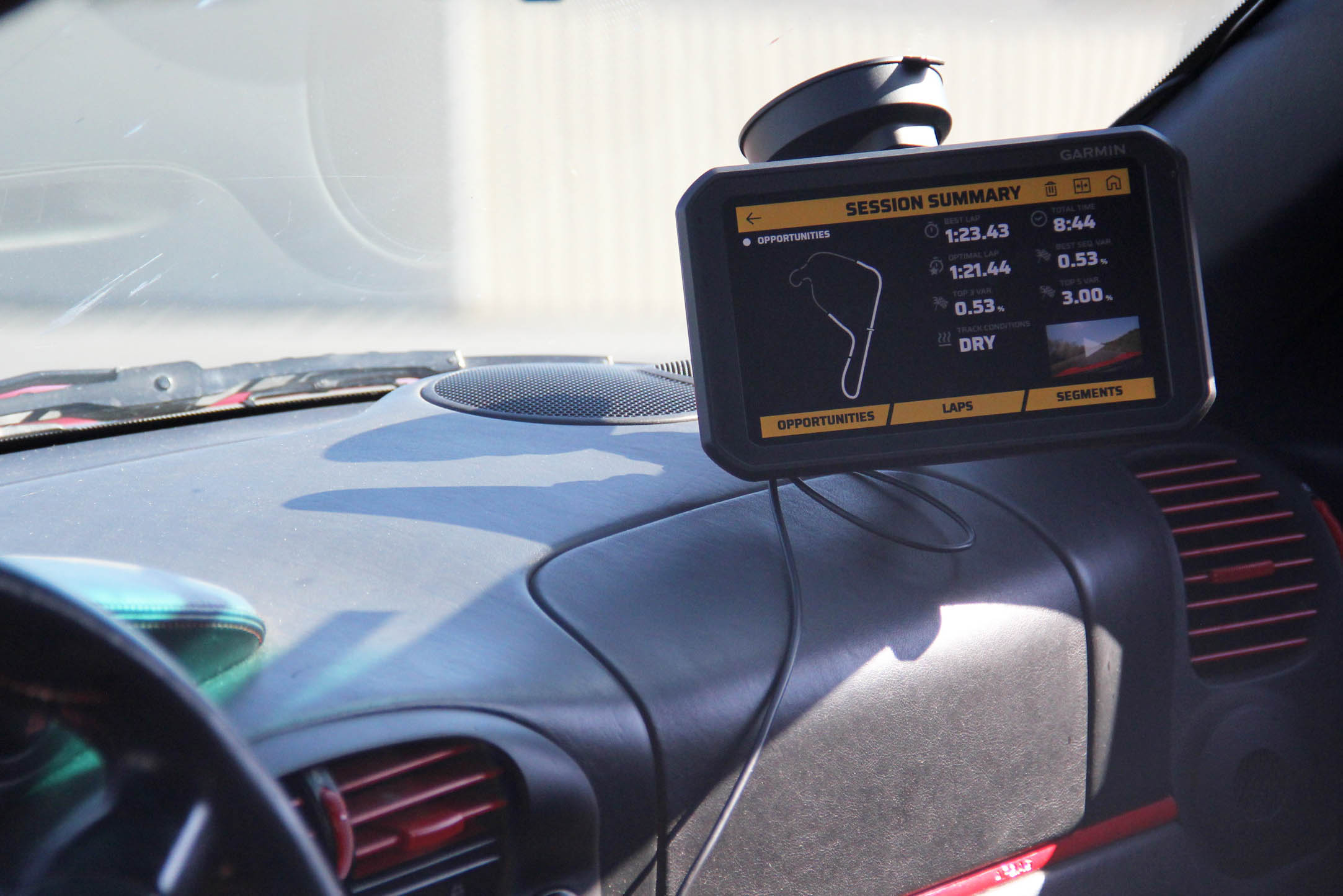
Brake Fluid Explained
Brake Fluid is an often overlooked and neglected component in track driving, but its importance can be the difference between a great day at the track- or a day you run out of talent. When driving at speed on track, everything mechanical about your vehicle must work much harder than these components on the street – in other words, everything gets much hotter. When braking elements get too hot, they decline in performance.
When pressing the brake pedal, fluid is forced into the master cylinder and then into the rubber or stainless steel lines that route to the brake calipers to actuate the brakes. Brake fluid transfers the force from the pedal to the caliper pistons, which clamp your brake pads onto the rotors, creating lots of heat, friction, and, hopefully, a decrease in speed.

As you progress up the high-performance driving ranks by setting new personal bests, shortening your braking zones, and increasing brake pressure, you may notice the brakes begin to lose performance. The brake pedal will feel soft and spongy or go to the floor completely. The new and inexperienced driver may immediately think this means they need new brake pads. While this is a smart upgrade for any track driving, fancy brake pads simply cannot get the job done without quality brake fluid in your hydraulic braking system!
So how is your brake fluid causing brake fade? First, you must understand that the cornerstone of the hydraulic principle is that fluid cannot be compressed, allowing that solid, firm-feeling brake pedal. "Soft pedal syndrome" results from your foot compressing gas, rather than transferring the brake fluid to the calipers. If your brake fluid is no longer acting as a non-compressible fluid, you'll have a much higher chance of ending up in the gravel trap at the end of that hard braking zone into T1.

Brake fluid is hygroscopic, meaning that it absorbs moisture from the atmosphere. Though braking systems are theoretically sealed, moisture can be absorbed through microscopic pores in the lines, seals, and the small vent in the reservoir cap. This vent is necessary to allow air to displace the brake fluid as brake pads and rotors wear, and more brake fluid sits behind the pistons in the calipers.
Wet and dry boiling points characterize brake fluid. The Wet Boiling Point is defined as the temperature brake fluid will begin to boil after it has absorbed 3.7% water by volume. DOT brake fluid reaches this water volume level after roughly 2 years of use. The Dry Boiling Point of brake fluid refers to the boiling temperature of new, freshly opened brake fluid.

Brake fluids are designed to meet specific standards, like the DOT rating set by the US Department of Transportation. Ratings such as DOT 3, DOT 4, DOT 5, and DOT 5.1 are the most widely used, with DOT 4 being the most common. Each DOT number indicates a higher boiling point- DOT 4 rated has a higher boiling point than DOT 3
When selecting brake fluid, consider both the wet and dry boiling points. Choosing a quality brake fluid and routinely flushing and bleeding the system will keep the baking system's moisture to a minimum, and you'll be less likely to have problems concerning boiling brake fluid. Brake fluid should be appropriately maintained like any other vehicle fluid. If you have questions regarding what fluid to use, call the store and talk to one of our excellent sales reps.






